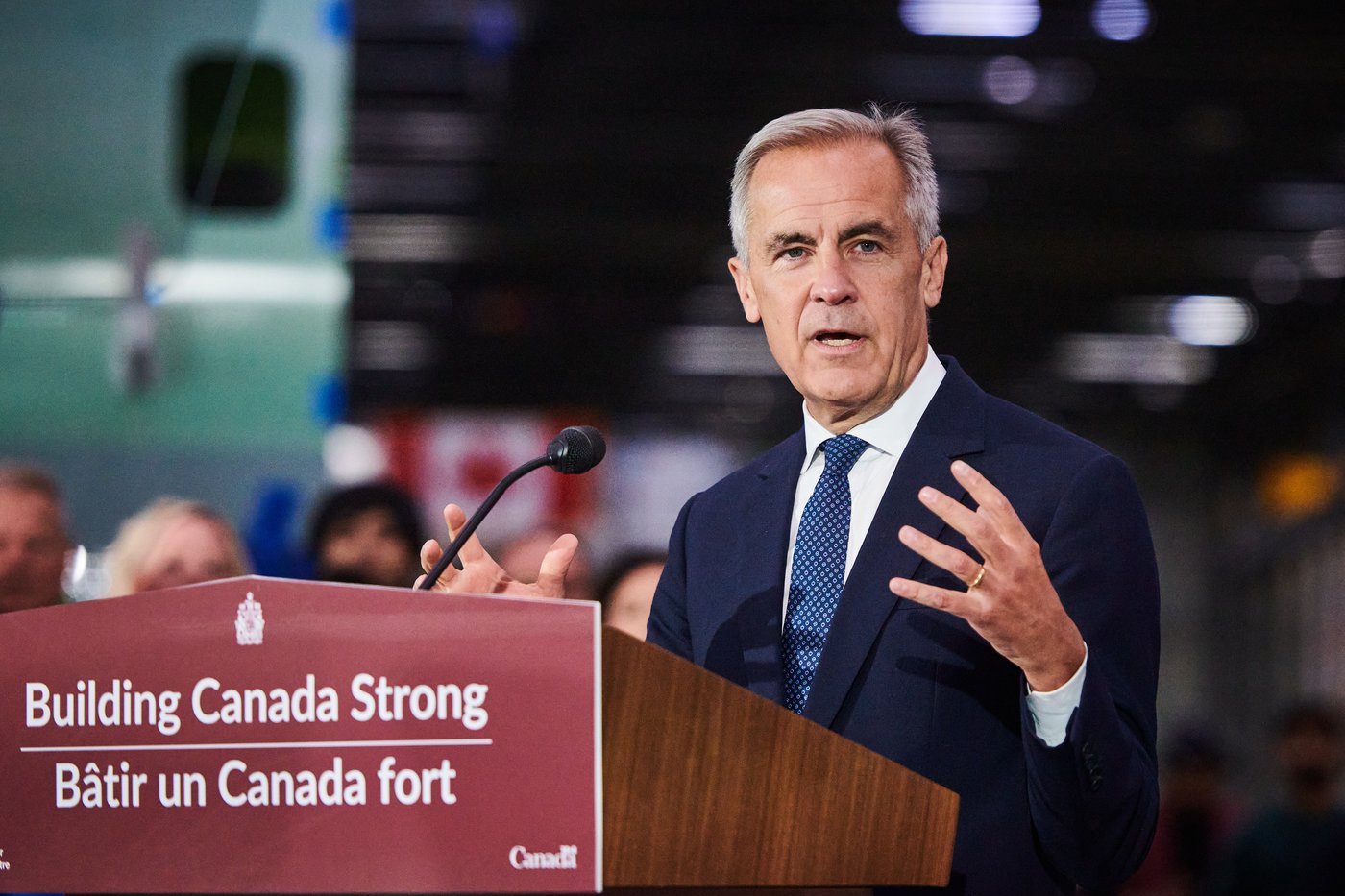Ottawa backs listing Black and LGBTQ workers under Canada’s workplace equity laws: source

CBC News has learned the federal government will announce Monday that it broadly supports listing Black and LGBTQ people among groups facing systemic workplace barriers under the Employment Equity Act.
The Liberal government is backing the legislative change after a task force report recommended the move.
A senior government source with knowledge of the announcement but not authorized to speak publicly said Ottawa “broadly supports” that and other recommendations from a task force that reviewed the legislation. The government is making an initial commitment to modernize the act, the source said.
Labour Minister Seamus O’Regan and the task force chair, McGill University law professor Adelle Blackett, will present the committee’s findings outside the House of Commons foyer on Monday.
The stated purpose of the 1986 Employment Equity Act is to knock down barriers marginalized communities face. It identifies four groups that face additional barriers in the workplace: women, Indigenous peoples, persons with disabilities and members of visible minorities.
Michaëlle Jean shares her thoughts on why slavery in Canada is often overlooked in new CBC documentary series Black Life: Untold Stories.
The task force recommended that Black workers comprise a separate group instead of falling under the label of visible minority. In 2021, according to Census Canada, 1.5 million people reported being Black. The Black population accounts for 16.1 per cent of the racialized population and 4.3 per cent of Canadians.
“Many Canadians may only recently have learned that slavery existed in Canada,” reads a section of the task force’s report, which CBC News obtained before its release. “The case for a distinct Employment Equity Act category specifically for people of African descent is rooted in part in the legacies of slavery.”
“The history of segregation – in service provision, housing, schooling and employment – is also not well known in Canada.”
The task force cites Census Canada data, which shows that Black workers tend to be overqualified and work in low-level occupations, earning less money compared to the non-racialized third-generation or more Canadians.
It was also recommended that LGBTQ workers comprise a new group. One million people in Canada identify as LGBTQ and account for four per cent of the total population.
‘Disturbingly recent history’
The task force highlights these workers have endured “disturbingly recent history.” They were demoted, forced to resign or demoted for engaging in same-sex relationships.
“The Government of Canada has acknowledged and apologized for the fact that throughout the Cold War Era, from the 1950s through to the early 1990s in Canada, federal government employees faced a systematic campaign literally to purge them from the federal public service,” the report states.
Among the other changes, the task force is proposing replacing the terms “Aboriginal Peoples” and “members of visible minorities” with “Indigenous Peoples” and “racialized people,” respectively.
The senior government source tells CBC News that the “first step” the government will take is further consultation with affected communities, unions and employers on how best to implement the task force recommendations. Then, the Liberals will introduce legislation to bring the act into the 21st century.
Ottawa announced the Employment Equity task force review in 2021. Its 12 members consulted Canadians, employer and worker organizations, civil societies, experts and the public sector on modernizing the employment equity legislation that applies to all federally regulated workplaces.
More than 1.3 million people are employed in federally regulated industries and workplaces, representing about six per cent of Canada’s workforce.
For more stories about the experiences of Black Canadians — from features on anti-Black racism to success stories from within the Black community — check out Being Black in Canada, a CBC project Black Canadians can be proud of. You can read more stories here.




